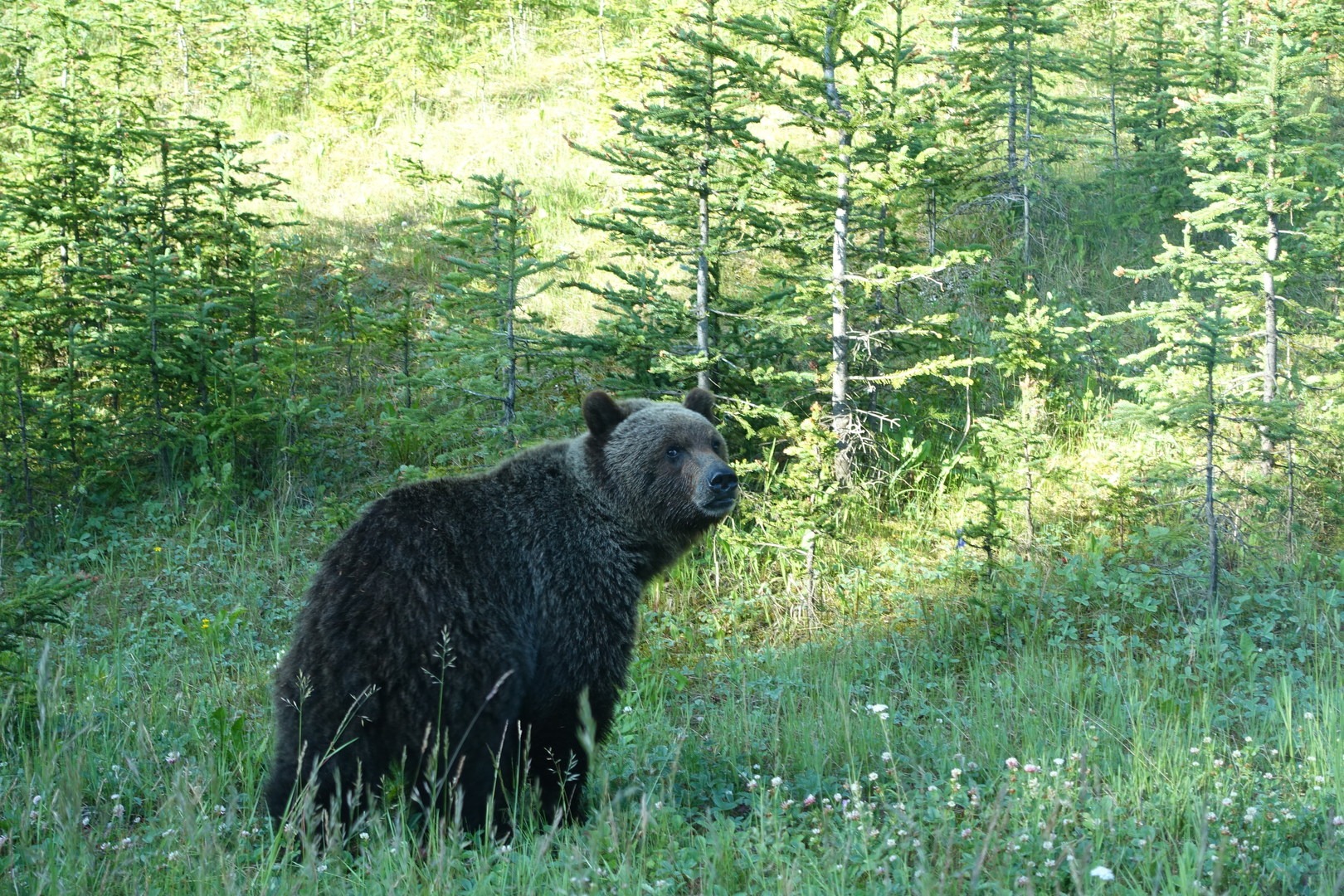You are here
Grizzly bears once roamed the West Coast from British Columbia down to Southern California, but by the early 1900s settlers had all but eradicated them from the United States.
The effort to re-establish the grizzly bear in appropriate ecosystems of the U.S. West has been underway since the bear was placed on the Endangered Species List in 1975, and the North Cascades ecosystem is next in line. Studies indicate the breadth of the area can support up to 280 bears, and efforts to restore a healthy population of 200 bears in the next 25 to 100 years have already begun.
Not everyone is excited about the prospect of encountering a grizzly in the wild or the small towns of Northwestern Washington, but there is a tremendous amount of support from wildlife conservationists. According to the National Park Service, grizzly reintroduction would be a net gain for the area, drawing people hoping for that chance encounter with a bear in the wild. Apparently wilderness brings more appeal with a bit more edge.
The North Cascades Ecosystem is a huge area, and even with 200 bears, an encounter would be rare. The public has an opportunity between now and April 28, 2017, to weigh in on the draft Environmental Impact Assessment with three alternatives for reintroducing grizzly bears to the area. You can read more about the plan, alternatives, and ways to share your feedback on the National Park Service's North Cascades Grizzly Reintroduction Plan and Draft EIS webpage.
You can also check out Friends of the North Cascades Grizzly Bear to learn more, submit your comments, or sign their statement.
The alternatives, listed B, C and D, call for varying degrees of reintroduction. Alternative B calls for introducing up to 10 bears every few years and monitoring the population's success. Alternative C calls for more bears up front and then limiting the reintroduction efforts once an initial population of 25 bears is established. Both alternatives B and C would take approximately 60 to 100 years to reach the 200 bear target. Alternative D, the most aggressive, calls for expedited restoration by adding five to seven grizzly bears to the North Cascades Ecosystem past the 25-bear population with a goal to reach 200 bears in 25 years. The draft EIS evaluates each alternative on its impact to the grizzly bears, other fish and wildlife, the wilderness character of the area, visitor use and the recreational experience, public and NPS employee safety, socioeconomics and ethnographic resources.





Comments
Sign In and share them.